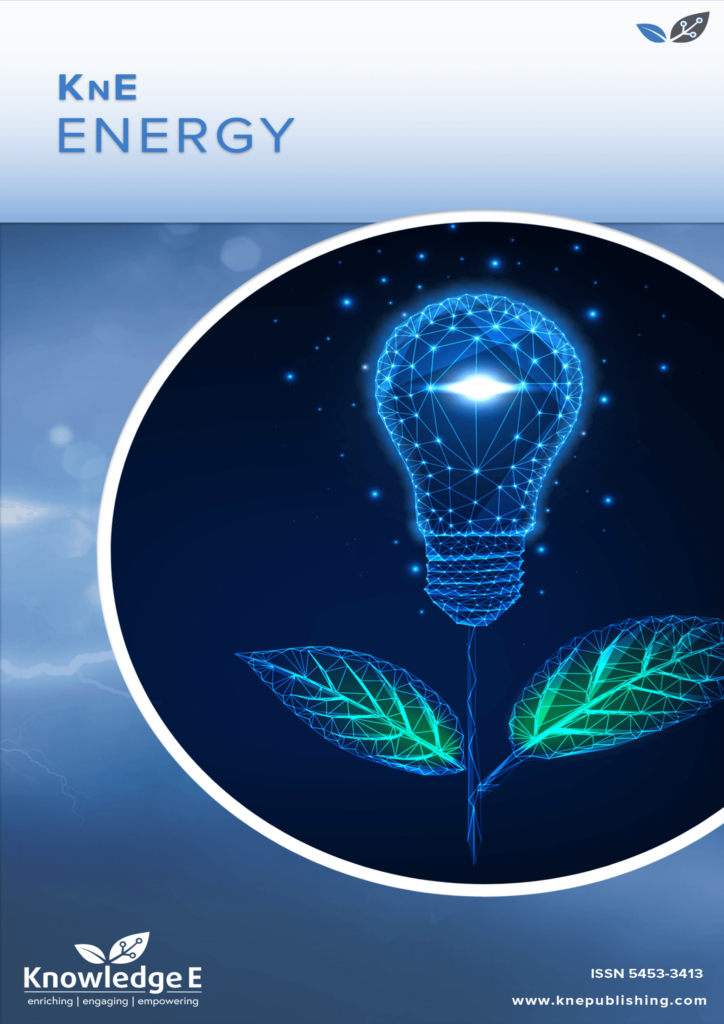
KnE Energy
ISSN: 2413-5453
The latest conference proceedings on energy science, applications and resources
Use of Physicochemical Method for Evaluation of Mucilage Producing Ability of the Linum Usitatissimum L. Seeds
Published date:Apr 17 2018
Journal Title: KnE Energy
Issue title: The 2nd International Symposium "Physics, Engineering and Technologies for Biomedicine"
Pages:462–469
Authors:
Abstract:
Abstract In the modern medicine of many European countries flax is used as a medicament with a wide range of use. Wholesome effect of flax seeds is determined by the large amount of enveloping substances. This property is connected with content of mucilage up to 10% and glycoside linamarin. Flaxseed polysaccharides also possess antiinflammatory effect. Furthermore, mucilage production can be a chemosystematic characteric of intraspecific taxons. In literature intervarietal variability data is limited. Therefore, comparative evaluation of mucilage producing ability of flax seeds with different morphotypes is of interest. The research of micromorphological characteristics of seed coat and mucilage production dynamics was carried out and it was established that mucilage-producing cells are localized predominantly in the external layer of seed coat. It was established that Bahmalskiy, Nebesnyj, Kustanayskiy yantar varieties possess the highest level of mucilage production. Morphotype and varietal specificity of mucilage production are determined, consequently it can be used as a marker feature of L. usitatissimum new forms. The proposed technique is based on the determination of seed physicochemical characteristics and can be used for express analysis of the vegetal samples and their differentiation by the directions of use: as a fatty oil or mucilage-containing raw material.
Keywords: Linum usitatissimum L. varieties, seeds, mucilage production, hydration dynamics, physicochemical method.
References:
[1] V. A. Zubtsov, L. L. Osipova, and T. I. Lebedeva, “Flaxseed, its composition and properties”, Russian Chemical Journal, vol. 46(2), pp. 14-16, 2002.
[2] E. F. Semenova, T. M. Fadeeva, and E. V. Presnyakova, “Pharmacological and nutritional value of flax Linum usitatissimum L. seeds”, Kursk Scientific and Practical Bulletin “Men and His Health”, no. 2, pp. 117-124, 2013.
[3] State Pharmacopoeia of the Russian Federation XIII (Ministry of Health of the Russian Federation), vol., M.: Federal Electronic Medical Library, p. 1004, 2015.
[4] A. I. Slivkin, V. F. Selemenov, and E. A. Sukhoverkhova, “Physicochemical and biological methods of quality evaluation of medicines”, ed. V. G. Artyukhov, and A. I. Slivkin, Voronezh: Voronezh State University, p. 368, 1999.
[5] Guidance on methods of analyzing food quality and safety, М.: Brandes : Medicine, pp. 84-93, 1998.
[6] S. V. Zelentsov, and E. V. Moshnenko, “Quantitative and qualitative evaluation of seed slimes of flax oil varieties Linum usitatissimum L.”, Oil-bearing crops, no. 2(151- 152), pp. 95-102, 2012.
[7] D. N. Olennikov, and L. M. Tankhaeva, Method of quantitative determination of the polysaccharides total content in the flax seeds (Linum usitatissimum L.), Chemistry of Plant Raw Material, no. 4, pp. 85-90, 2007.